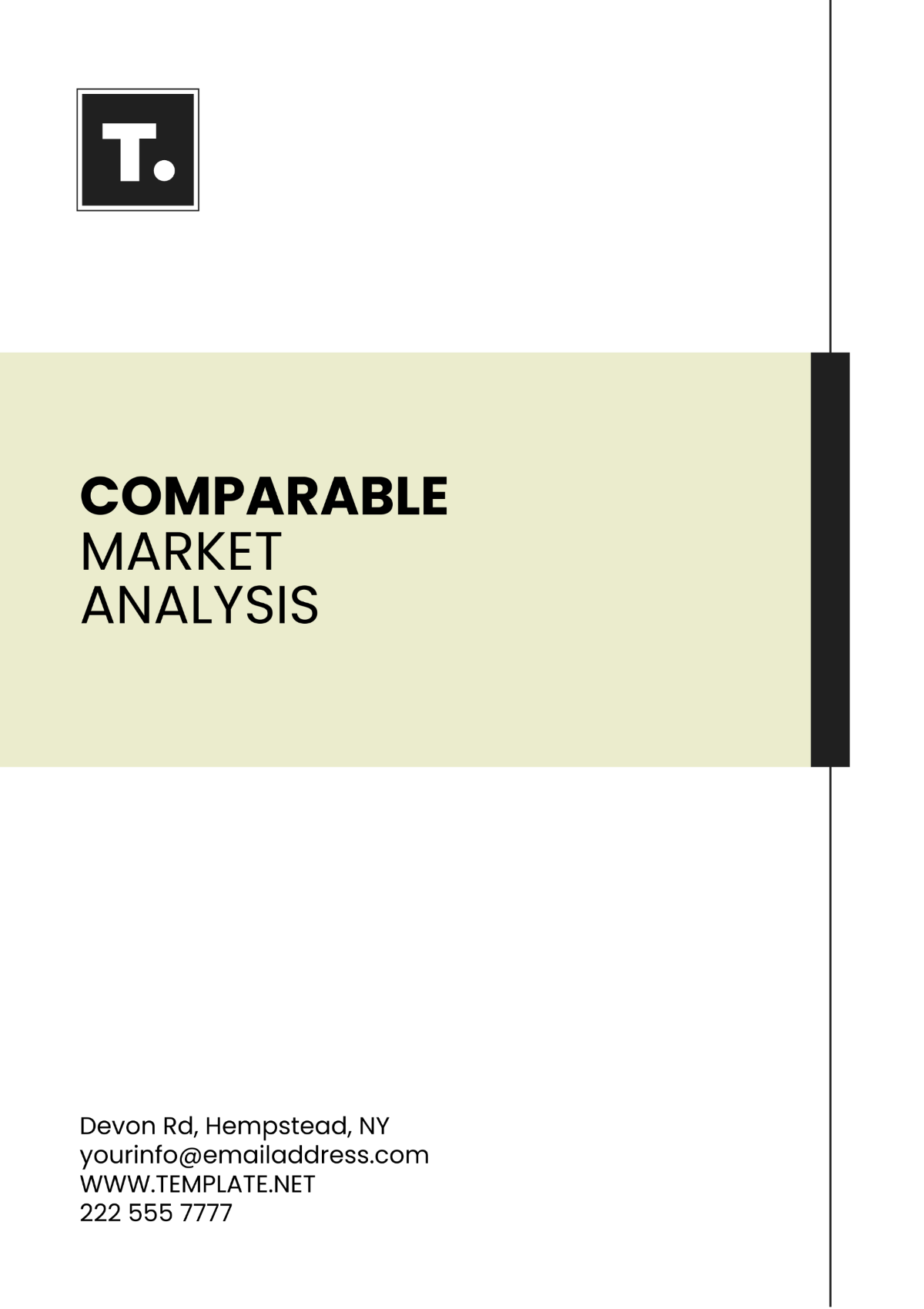PRICING STRATEGY MARKET ANALYSIS DESIGN
Prepared By: [Your Name]
Date: [Date]
Introduction
In today's competitive market, developing an effective pricing strategy is crucial for sustaining business growth and improving profitability. This analysis will provide a comprehensive overview of the key factors that influence pricing strategies and how businesses can design optimal pricing models to achieve their objectives.
Factors Influencing Pricing Strategy
Market Demand
Understanding market demand is essential for setting prices that maximize profitability while remaining competitive. Factors such as consumer preferences, purchasing power, and market trends play a significant role in determining demand levels.
Cost Structure
Effective pricing strategies take into account both fixed and variable costs to ensure that pricing covers production costs and contributes to overhead expenses. Businesses need to assess their cost structures to determine break-even points and profit margins.
Competitive Landscape
The competitive environment significantly impacts pricing decisions. Companies must analyze competitor pricing models and identify unique value propositions to differentiate their offerings without compromising on price competitiveness.
Designing a Pricing Strategy
Cost-Plus Pricing
This traditional pricing model involves adding a markup to the cost of goods sold. While straightforward, it requires careful consideration of market conditions to avoid overpricing or underpricing products.
Value-Based Pricing
Value-based pricing involves setting prices based on the perceived value of the product to customers. This strategy requires a deep understanding of consumer behavior and market segmentation to effectively capture customer willingness to pay.
Dynamic Pricing
Dynamic pricing allows companies to adjust prices based on real-time market demands and competition. This approach is heavily reliant on data analytics and requires robust systems to implement effectively.
Implementation Framework
A successful pricing strategy requires a structured implementation framework consisting of several key steps outlined below.
Conducting market research to understand customer preferences and behavior.
Evaluating costs to establish minimum pricing thresholds and desired profit margins.
Benchmarking against competitor pricing to understand the market landscape.
Creating pricing models that align with business goals and value propositions.
Implement pricing strategies that are flexible and adaptable to market changes.
Monitoring market responses and adjusting pricing models as necessary to optimize results.
Analysis and Evaluation
Pricing Model | Advantages | Disadvantages |
|---|---|---|
Cost-Plus Pricing | Simplicity, Ensures cost coverage | Not market-driven, May ignore competition |
Value-Based Pricing | Customer-centric, Can enhance brand value | Difficult to assess perceived value, Requires comprehensive market research |
Dynamic Pricing | Flexibility, Responsive to market changes | Complex implementation, Potential customer alienation |
Conclusion
Designing an effective pricing strategy is a multifaceted process that involves a thorough understanding of market dynamics, customer behavior, and organizational goals. By carefully selecting and implementing a well-researched pricing model, businesses can enhance their competitive advantage and achieve sustainable growth. Continuous monitoring and adaptation are key to maintaining a pricing strategy that aligns with the evolving market landscape.

















































